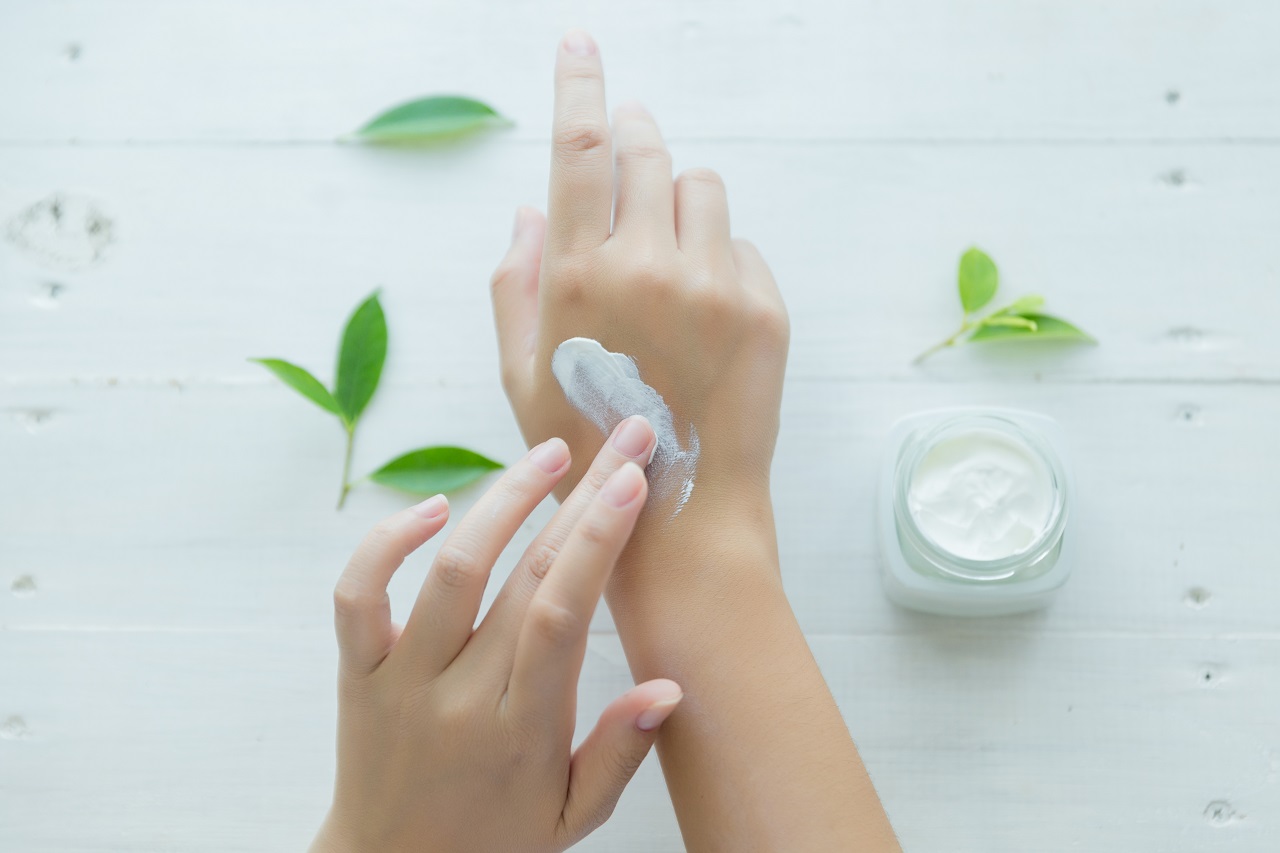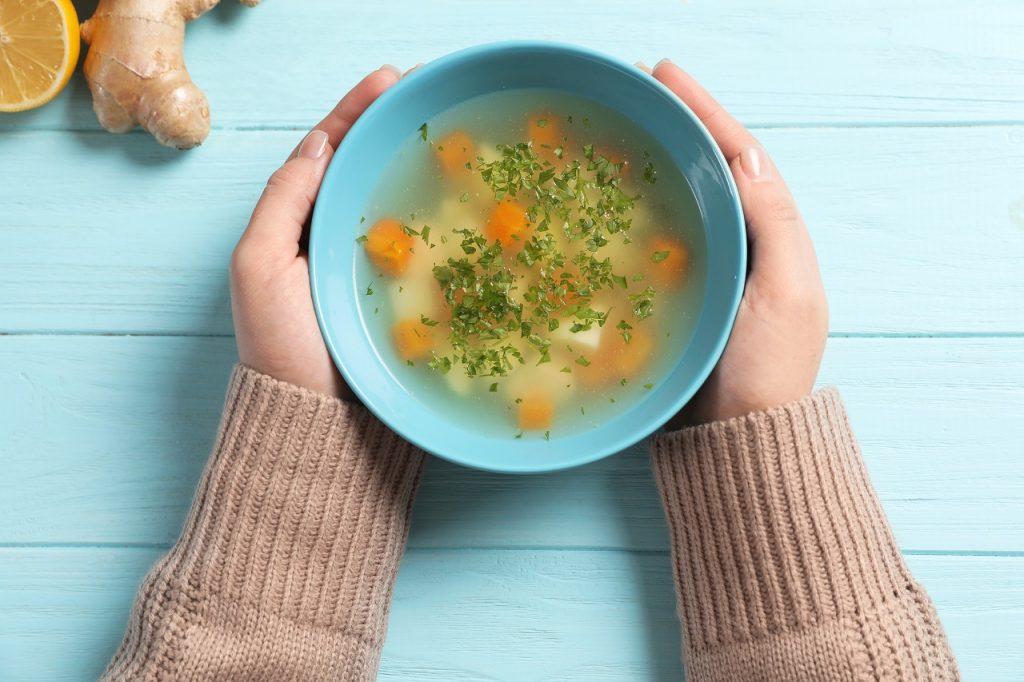 Nobody likes it when their skin feels and looks tight, dry and flaky. But, winter creates these problems for the skin. Cold air, harsh winds and pumped-up indoor heat can increase facial tissue sensitivity and leave the skin dry. But don’t worry! We have some tips to keep your skin healthy this winter!
Nobody likes it when their skin feels and looks tight, dry and flaky. But, winter creates these problems for the skin. Cold air, harsh winds and pumped-up indoor heat can increase facial tissue sensitivity and leave the skin dry. But don’t worry! We have some tips to keep your skin healthy this winter!
8 Tips To Keep Your Skin Healthy
- Hydrate: It would be a great idea to make sure that you have lots and lots of water to keep your cells alive. It indirectly will affect your skin to keep it amazingly glowing. Ideally, you need to drink 2-3l of water a day.
- Moisturize: Use the right moisturizer for your skin type and an oil-free skin serum underneath for additional hydration. For dry skin, using moisturizer with ingredients such as safflower oil, soya bean oil, sweet almond oil, carrot oil, Shea butter or evening primrose oil on a regular basis will help in correcting the lack of oil and hydration deep within the skin. It will help you get that moist, supple and smooth skin. Oils like Coconut oil, Olive Oil, or Mustard Oil, can be applied 10-15 mins before bathing.
- Cover Up: Avoid prolonged exposure to cold air. Wear hats, scarfs, and gloves for your hands to avoid them. Slipping on a cotton glove over a moisturized hand will help you protect your skin.
- Eat Right: Add more of Omega 3 fatty acids, and foods full of mono-unsaturated fats such as fish, nuts, olive oil, flax seeds, sardines and avocados to your diet. These foods are great for healthy skin.
- Include More Vit C: Eat more foods that are rich in Vitamin C as they can help boost your body’s collagen, a protein that maintains skin and other connective tissues.
- Handle With Care: To prevent chapping parched hands, use wipe-off, soap-free cleansers and alcohol-free hand sanitizers.
- Right Clothing: If your skin does get irritated, wear breathable soft fabrics, such as cotton instead of polyester or itchy woollens. Less fitting clothes will also prevent your skin from irritation due to perspiration and chaffing.
- Lastly, winter can also mean reduced sun exposure. Sunlight is very important not only for the skin but for the whole body as well to produce Vitamin D and get enough calcium that way. So consult a doctor if you have a deficiency.
These tips will help you keep your skin healthy through the winter season! We hope this article helps! Do leave your thoughts in the comments below.
For more tips to stay healthy during winter, check out Healthy Reads or speak to an expert by subscribing for GOQii’s Personalised Health Coaching here: https://goqiiapp.page.link/bsr
#BeTheForce






